Join US
Do you want to build the fantasy world you’ve always dreamed of?
Subscribe to receive notifications when a new post is out and for our monthly newsletter!
You can always unsubscribe anytime.
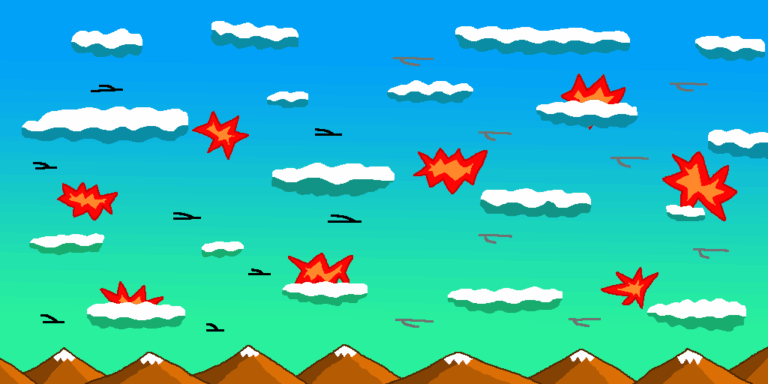
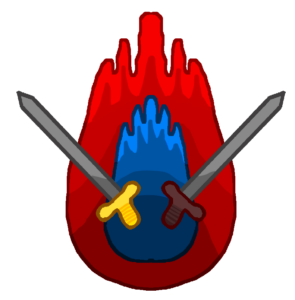
One front that doesn’t get a whole of airtime — but when it does, it does so with a bang! — is that of the sky. Battles that take place above the surface only occur when one civilization has access to technology or beasts that enable people to fly or ride them. These battles are part and parcel of fantasy airforce campaigns.
Much like their real world brethren, airforce campaigns take place entirely in the heavens. Unlike the army where skirmishes can last for days, weeks, even months, fighting in the sky doesn’t take too long. When they occur, they draw attention from those on the surface who cannot help but be awed at the spectacle of seeing planes or beasts clash with one another.
Though it may be a separate branch of the military, the airforce places a heavy emphasis on gathering intelligence. The tools it has at its disposal enables it to make the decisions it needs in order to win the war. Additionally, it shares much of its info with the army and navy who can then use it to help in their part of the war and bring it to a close.
While the number one goal of all fantasy airforce campaigns is to secure control of the skies, it has other objectives to pursue. For instance, it might conduct a series of missions wholly devoted to gathering information. Targets such as locations of cities, fortresses, and so on are documented so that the airforce can decide which ones are feasible and those that are not.
Due to the immense firepower of both planes and flying beasts, battles in the sky don’t take long. It would be difficult for a sky-based battle to go on for a week, let alone a month. Even though they don’t take long, they can be decisive in a number of ways, both good and bad.
This is article number sixteen in the series diving into the fantasy military. If you want to check out our other articles, they’re all found on our blog page!
One thing the airforce prides itself on is its superb intelligence gathering process. It can get info that covers a wide variety of things such as locations but the number of enemy forces, the type of fortifications, and so on. That information will prove valuable in the long run.
All fantasy airforce campaigns begin when pilots are dispatched to surveil specific areas or points of interest. The airforce is curious about what to expect in these places so that it can then determine whether it can launch an attack or not. Depending on the technology it has, it sends them in the middle of the night when it’d be difficult to spot them. Otherwise, they fly out early in the day or the last light of the day.
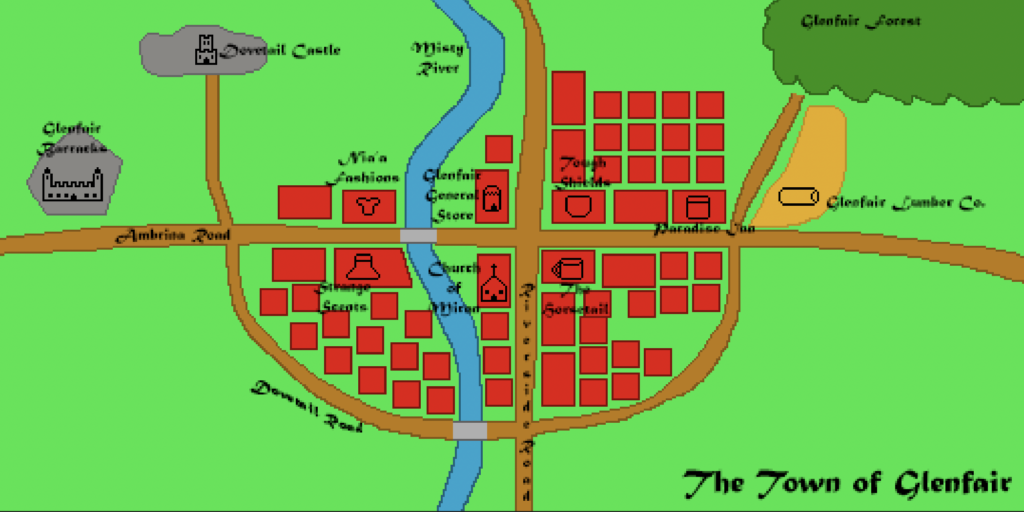
As they scout the areas, the pilots also assess the ease or difficulty of reaching them. Wide, flat areas like cities have multiple routes in which they can be hit whereas remote places like a castle on a mountain have only one or two ways in and out. The airforce shares this info with the army so that it can figure out the best strategy to initiate battle.
For major targets that the airforce is planning to strike, one round of surveillance isn’t enough. It will conduct several rounds so that it can have a complete picture of what’s going on. This enables planners to develop not just the best method to attack but when. The goal is to hit it before defenses can be mobilized.
Once all the info’s been gathered and processed, planning for fantasy airforce campaigns can begin in earnest. The airforce leaders discuss the best course of action and most of the time, army leaders are in attendance since it’s usually a joint effort. The airforce lays the groundwork and the army moves in and mops up the remnants.
When a war between two hostile countries breaks out, the airforce immediately springs into action. Its top leaders get together and jot down a list of the goals and objectives the airforce needs to achieve in order to claim victory. These priorities can and will change as the campaign progresses.
Establishing aerial superiority is the top goal in all fantasy airforce campaigns. How it’s achieved varies by campaign. In some instances, it could be made by eliminating all aerial resistance, whether it be enemy fighters and flying beasts, or wholly destroying the enemy’s aerial manufacturing capabilities.
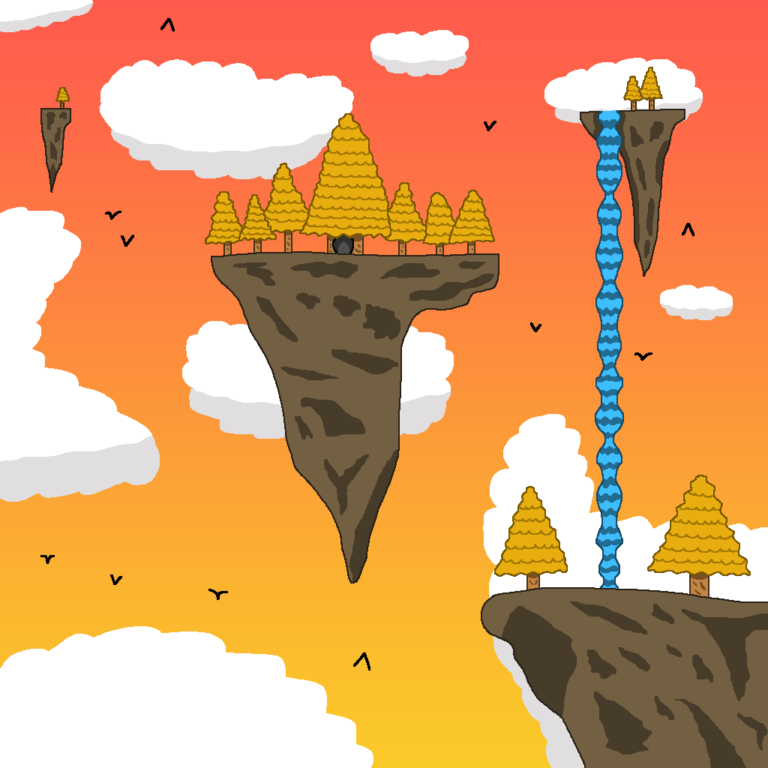
Another type of campaign could revolve around gathering and documenting all enemy-controlled areas and possible vectors of attack. This is more of a stealth campaign but it’ll pay dividends since the airforce will be armed to the hilt with information that it might not have obtained otherwise. This occurs in the immediate aftermath of the beginning of the war or before it officially starts.
There are some fantasy airforce campaigns that focus solely on destabilizing enemy movements and/or communications. It conducts a series of precision strikes either on a large concentration of forces in an area or key communications devices like towers or buildings. The goal is to render the enemy from being able to implement its plans or at minimum, delay it long enough so that the airforce and army can move in and destroy it with ease.
Sometimes the airforce merely provides supplemental support, especially when the army hits a target, initiating a major battle. It’s there to help ensure that the army gets the job done and take care of any aerial resistance it might encounter. It also helps destroy or weaken strong foes on the battlefield, helping the army win the battle.
Unlike land-based campaigns that can go on for months and years, those that take place in the skies are anything but. In fact, they usually wind up being short, meaning it could take weeks or several months before they reach the end. These campaigns become decisive for one reason or another.
One such reason is that fantasy airforce campaigns don’t last long. This makes each moment far more consequential since both sides give it their all since they know it won’t be long until it reaches a point that the outcome becomes obvious. This leads to more frenzied tactics and shifting goalposts, especially on the losing side as it desperately attempts to turn the tide back in its favor.
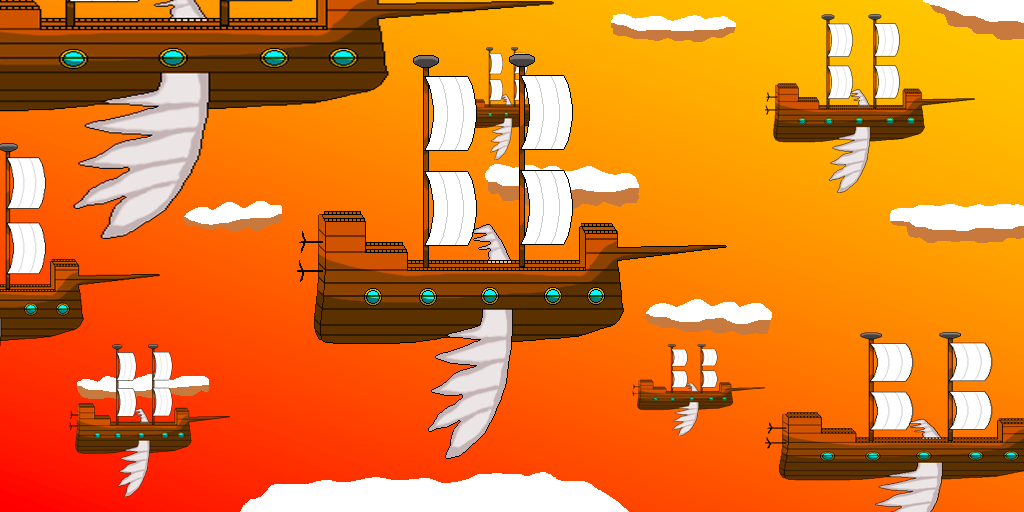
Another reason is that the planes and beasts they use cannot remain in the skies indefinitely. They need to replenish their fuel or take a rest from flying. That means they need to make an impact whenever they’re up in the air which hastens the duration of campaigns, increasing the likelihood of a decisive moment one way or another occurring.
The planes and beasts the airforce relies on have a great deal of firepower. They’re capable of inflicting damage not just against their flying enemies but on the surface as well. Their great firepower makes them among the military’s most valuable assets and whenever they’re deployed, they leave a trail of smoldering char in their wake and are one reason why fantasy airforce campaigns rarely take long.
While they wield great power, the planes and beasts of the airforce also have the ability to move quickly. This makes each sky-based battle a key moment in the war since their rapid velocity enables them to hit their targets hard and with great precision. Furthermore, the trajectory of the battle can dramatically shift in just seconds which will affect the campaign.
Fantasy airforce campaigns are designed and carried with with all due speed. Many, if not all, of the battle that occur last hours to days and the chances of victory can easily go back and forth between both sides. They’re also full of moments that have the power to upend the campaigns in a number of ways.
The info-gathering process kickstarts the campaign. The airforce is interested in knowing the locations of the targets it’s planning to hit, how well defended they are, and so on. It shares this intelligence with the army so that the latter can make plans on how to attack them. The two work together a great deal and in harmony.
With all the info it’s gathered, the airforce creates a list of goals and objectives. They form the shape the fantasy airforce campaigns take with the first one usually focusing on securing control of the skies. Other types of campaigns include surveillance and crippling the enemy’s communications systems.
Since battles in the sky last only for a short period of time, airforce campaigns become decisive earlier than their army and naval counterparts. This means every second counts and both sides have to give it their all if they want to win. This makes for high-stakes battles.
Many creators choose to show the excitement of fantasy airforce campaigns but they don’t show their audience the other side. Sure, developing them might not be riveting but they are an integral part of worldbuilding for they show the decision-making process that goes into making them and offer insight into the characters’ psyches.
Let me know what you think in the comments below. (Note: this is an account-exclusive feature).
If you don’t have one, you can register here. It only takes a few moments of your time!
Liked this article and want to subscribe? All you have to do is fill out the form below and that’s it!
Thanks for reading this and until the next time,
Sunfire
Subscribing means you receive:
You can always unsubscribe anytime.
Do you want to build the fantasy world you’ve always dreamed of?
Subscribe to receive notifications when a new post is out and for our monthly newsletter!
You can always unsubscribe anytime.